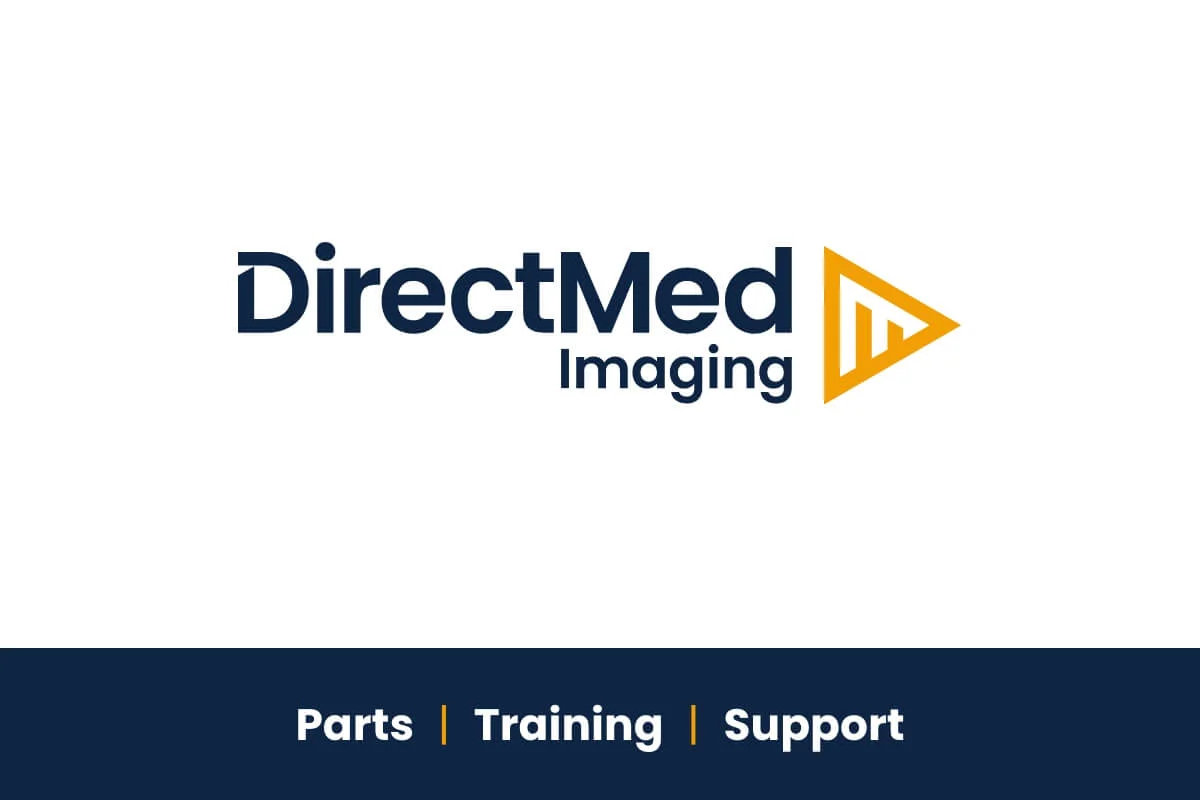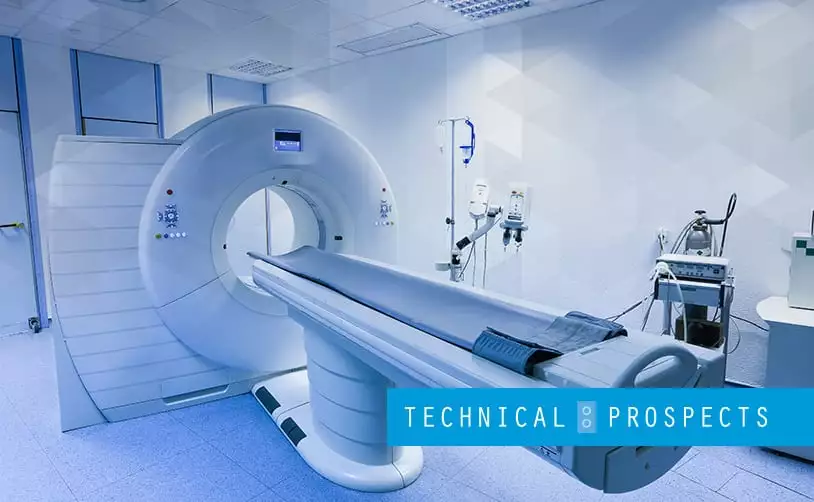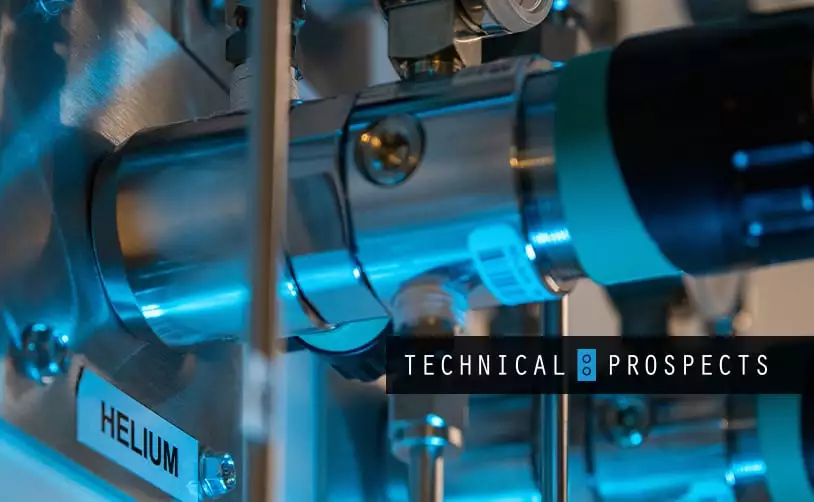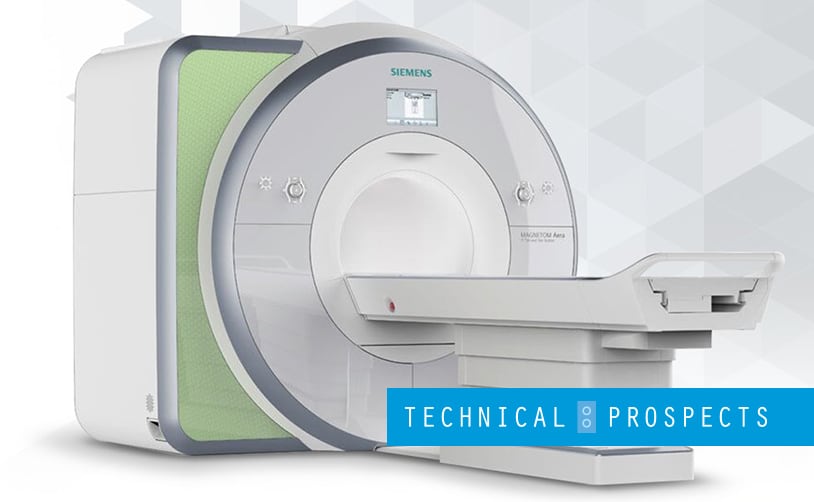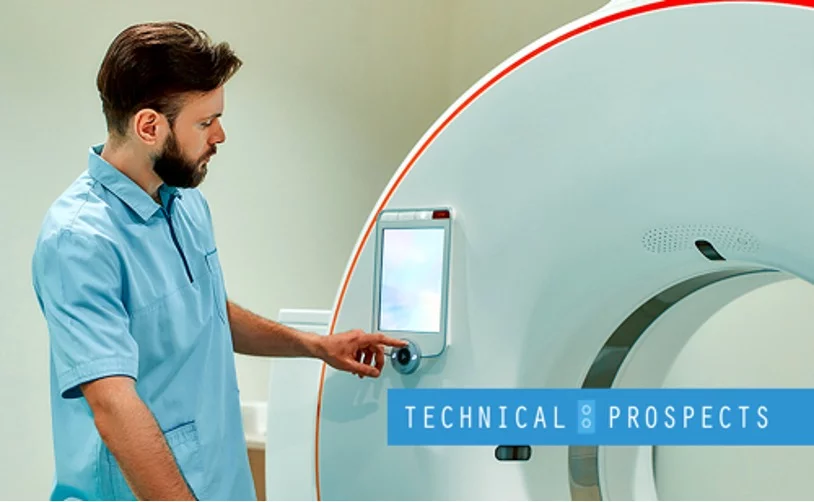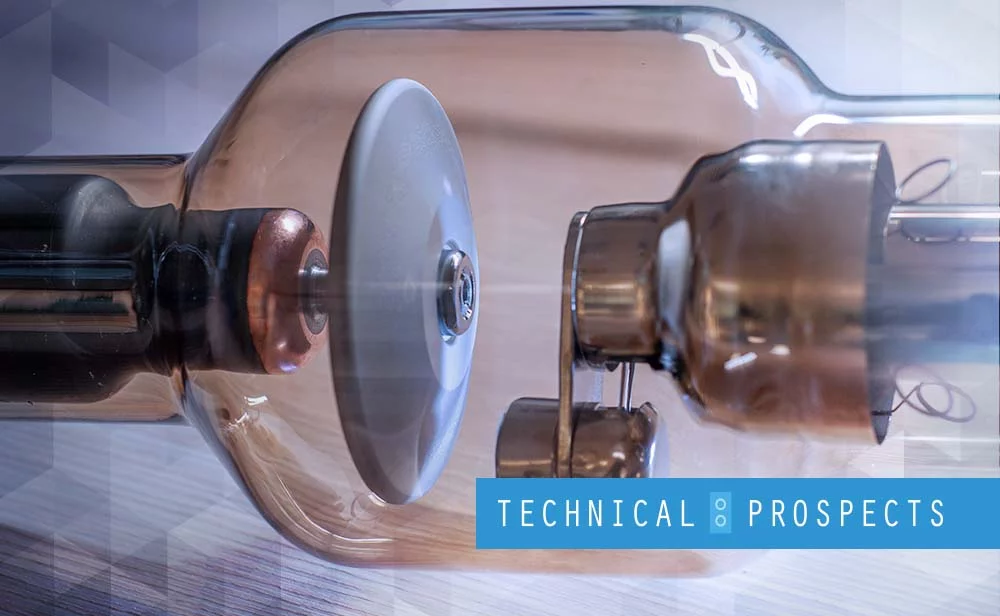Navigating Medical Imaging Service: Choosing Between ISOs and OEMs Based on Service Goals.
Independent service organizations (ISOs) are becoming increasingly popular in the medical imaging field as an alternative to relying solely on the services of original equipment manufacturers (OEMs). While OEMs offer large engineering staff and have exclusive training on new models, ISOs have many advantages that are worth considering.
To be clear, DirectMed sells parts to both OEMs and ISOs. We work with both types of buyers and directly with end users also. This article is based on what we see in the market. We can also suggest an independent service organization in your area.
One of the biggest advantages of ISOs is their lower pricing. Smaller companies have lower overhead costs and are therefore able to offer more competitive rates compared to OEMs. ISOs often hire ex-OEM employees who understand the quirks of older systems and have experience fixing them without the endless flow of fresh parts that OEMs rely on.
ISOs also offer personalized service with consistent working relationships. With a smaller staff, clients are more likely to talk to the same person or two people each time they call, building trust, rapport, and a firmer understanding of the condition of the equipment.
Another significant advantage of ISOs is their willingness to work on end of life systems. While OEMs often discontinue service on older models, ISOs have solutions for a variety of systems that have fallen by the wayside. These solutions may not always be as quick or seamless as those from an OEM, but they can be a lifesaver for facilities that need to keep older systems running.
In contrast, OEMs have higher contract prices and hourly rates. They also have call center-style service, meaning customers are often speaking to a new service coordinator each time they call, lacking the fuller context and understanding that comes with a consistent working relationship.
It is important to note that ISOs do have some limitations. They do not have access to proprietary software that OEMs produce, so purchasing software can be a pricy addition to the final invoice. ISOs also may not have as much availability as OEMs, so customers should ensure they have a good understanding of their ISO’s service capabilities before making a decision.
Ultimately, the decision of whether to use an ISO or an OEM for medical imaging service comes down to the customer’s service goals. If cost-savings is the primary goal, then ISOs are a great option. However, if maximum uptime at any cost is the priority, then OEM service may be a better fit.
In conclusion, while OEMs have their advantages, ISOs offer many unique benefits that should not be overlooked. Facilities should consider all factors and prioritize their service goals before making a decision on which type of service provider to use. Ring us if you would like a service provider referral.
Let’s recap with some bullet points.
Pros of using ISOs in Medical Imaging:
- Lower pricing due to smaller overhead costs, making them a more cost-effective option.
- Personnel with experience in repairing older systems without the need for constant replacement of parts.
- Personalized service with consistent working relationships, building trust and a better understanding of the equipment’s condition.
- Willingness to work on end-of-life systems that OEMs may no longer service.
- This significant advantage of working with an ISO is their willingness to work on end-of-life systems that OEMs may no longer service. This can be particularly important for medical facilities with good-condition equipment that may not have a budget to upgrade every 5-10 years.
- ISOs have access to the necessary parts and expertise to repair and maintain these systems, which can extend the equipment’s lifespan and save the facility money in the long run.
- Avoid the OEMs constant push for upgrading.
Cons of using ISOs in Medical Imaging:
- Limited availability compared to OEMs, so customers should ensure they have a good understanding of their ISO’s service capabilities before making a decision.
- Lack of access to proprietary software produced by OEMs
Factors to consider when choosing between ISOs and OEMs:
- Cost-savings: ISOs are a great option for those who prioritize cost-savings and diverse expertise.
- Maximum uptime: OEM service may be a better fit for those who prioritize maximum uptime at any cost.
DirectMed sells parts and repairs imaging systems. We work with OEMs and ISOs but do not perform on-site service.
If you need a referral for an ISO in your area, contact us, we can point you in the right direction.


